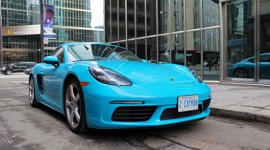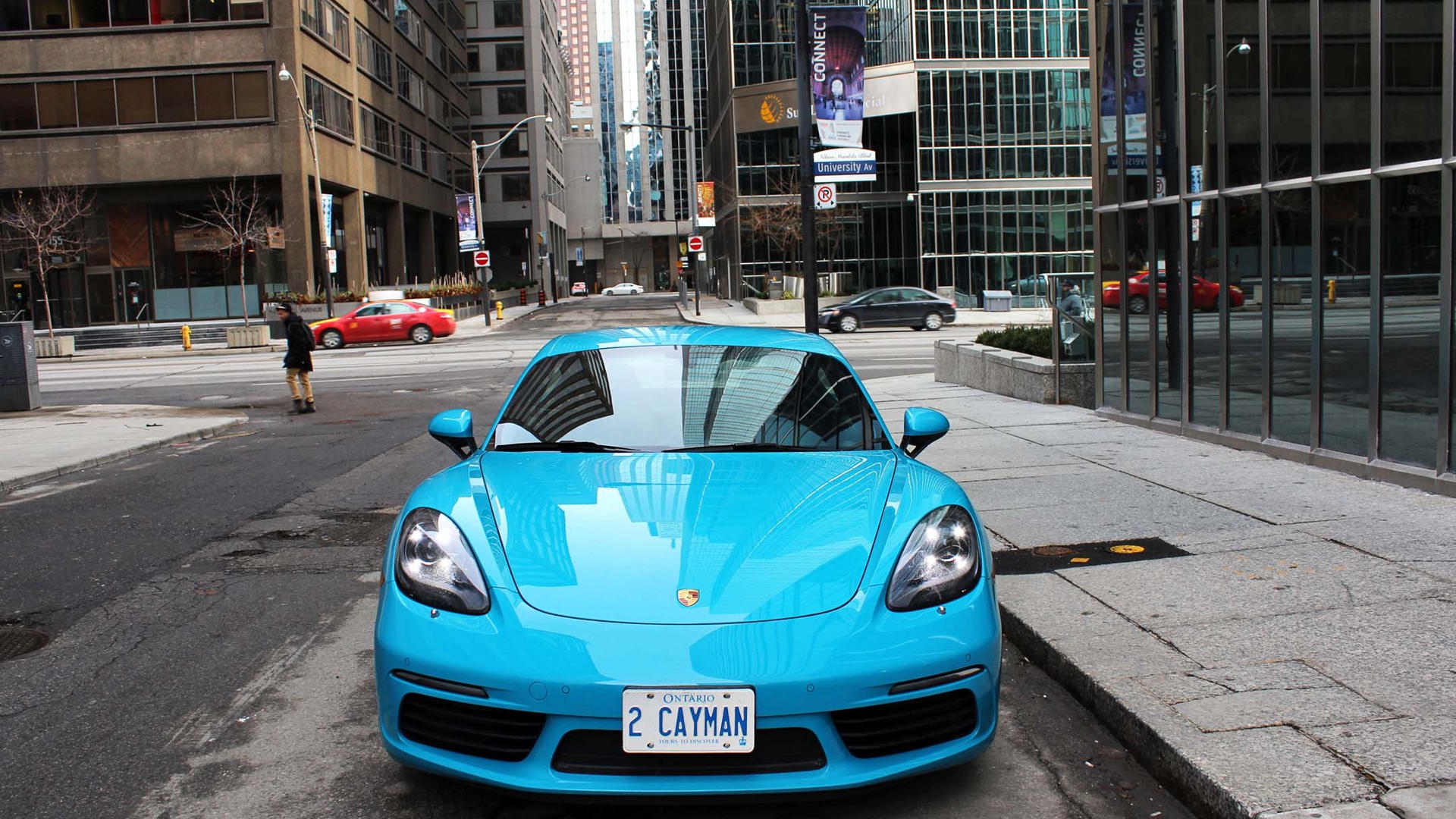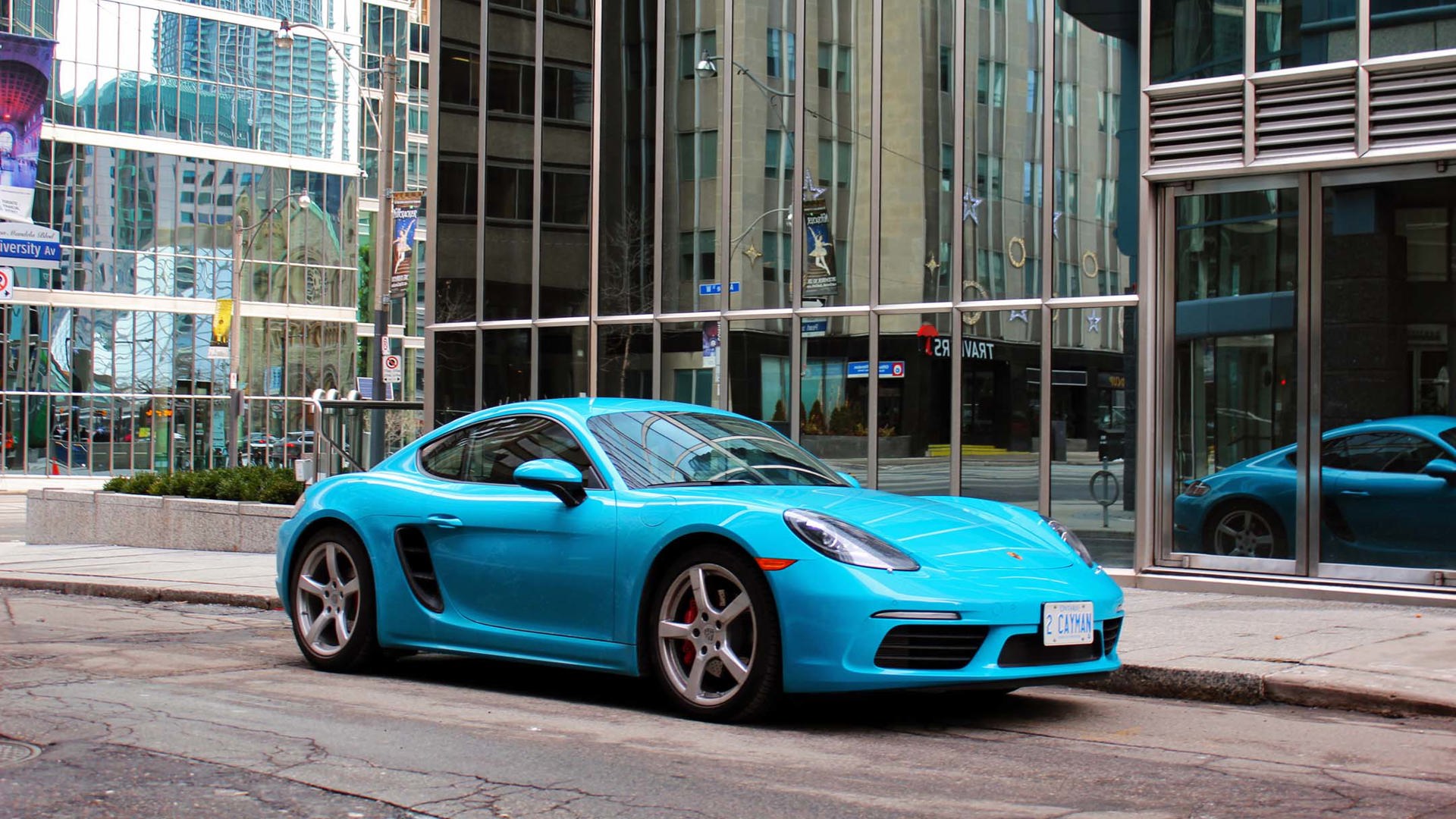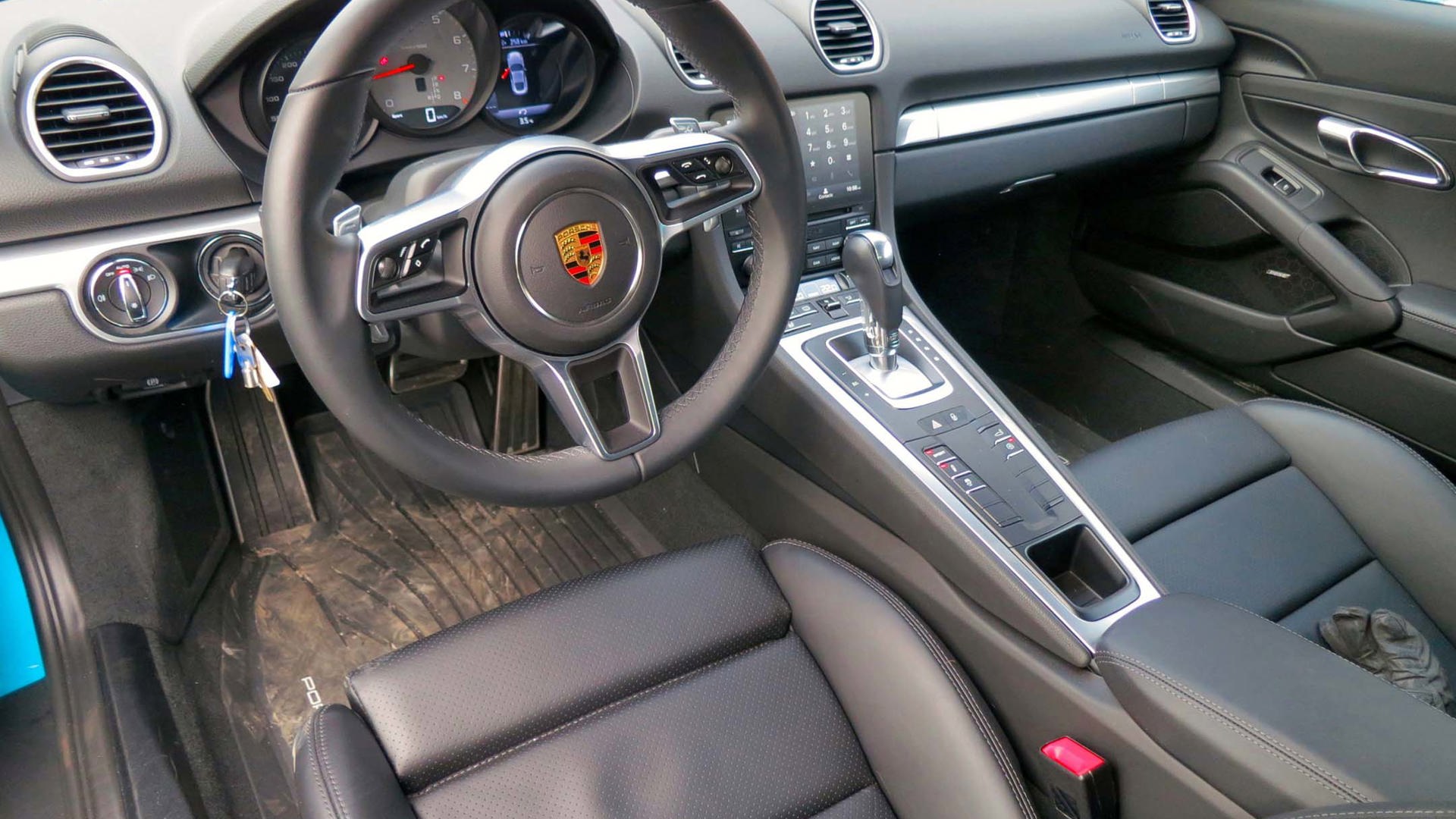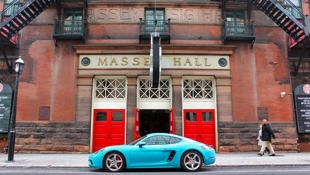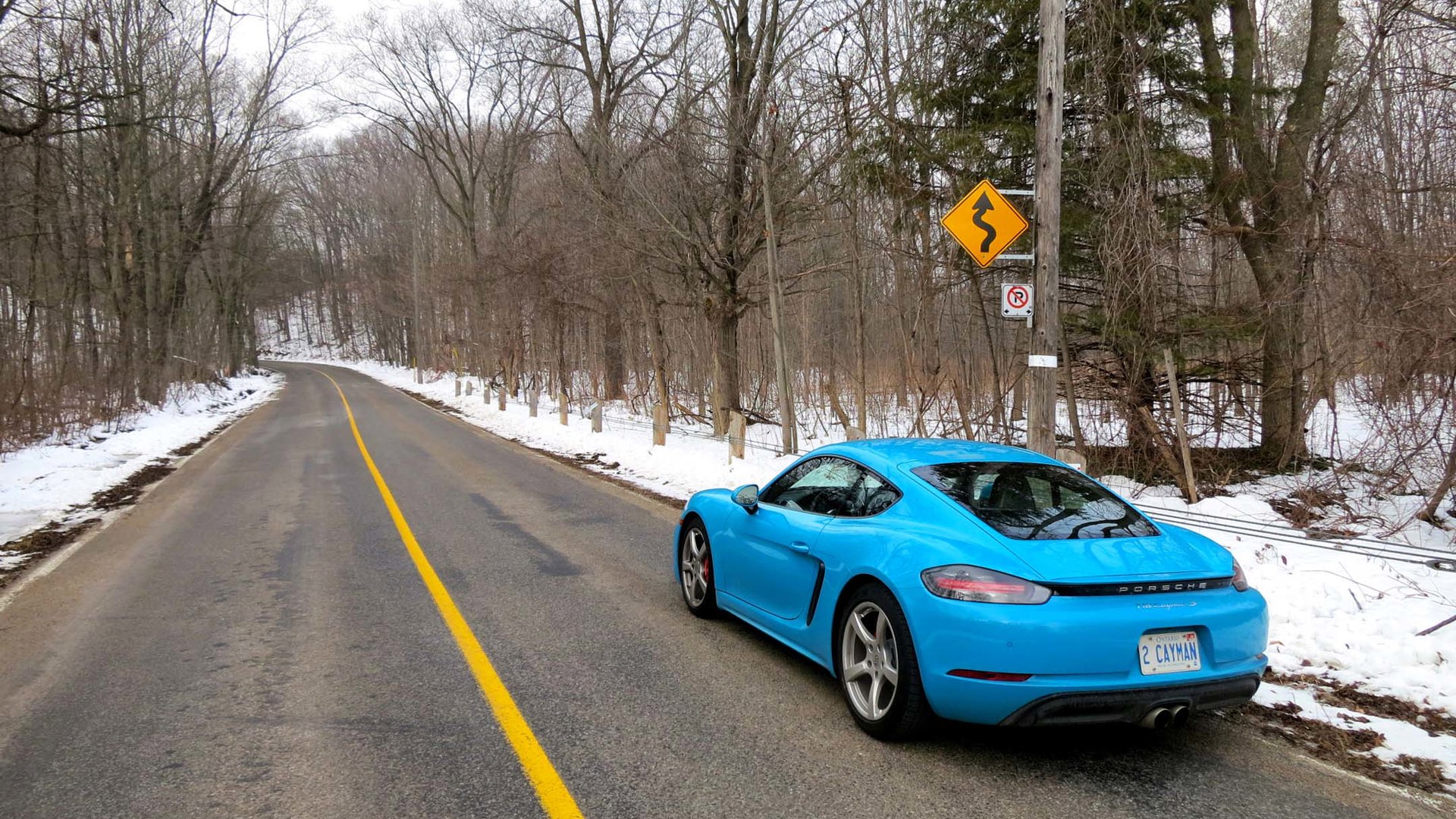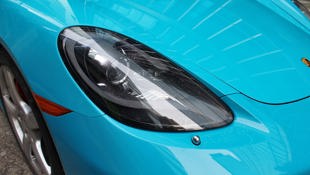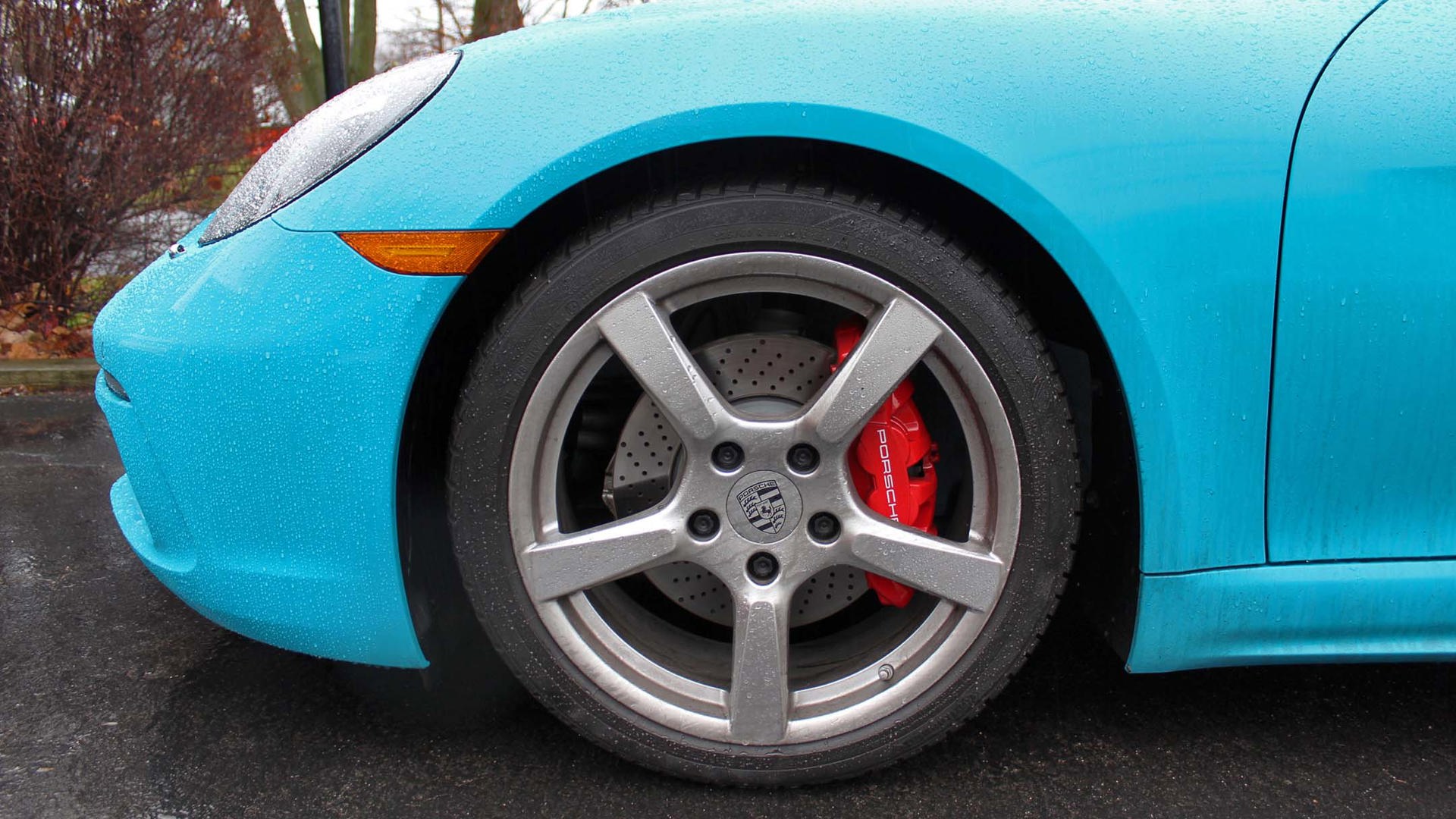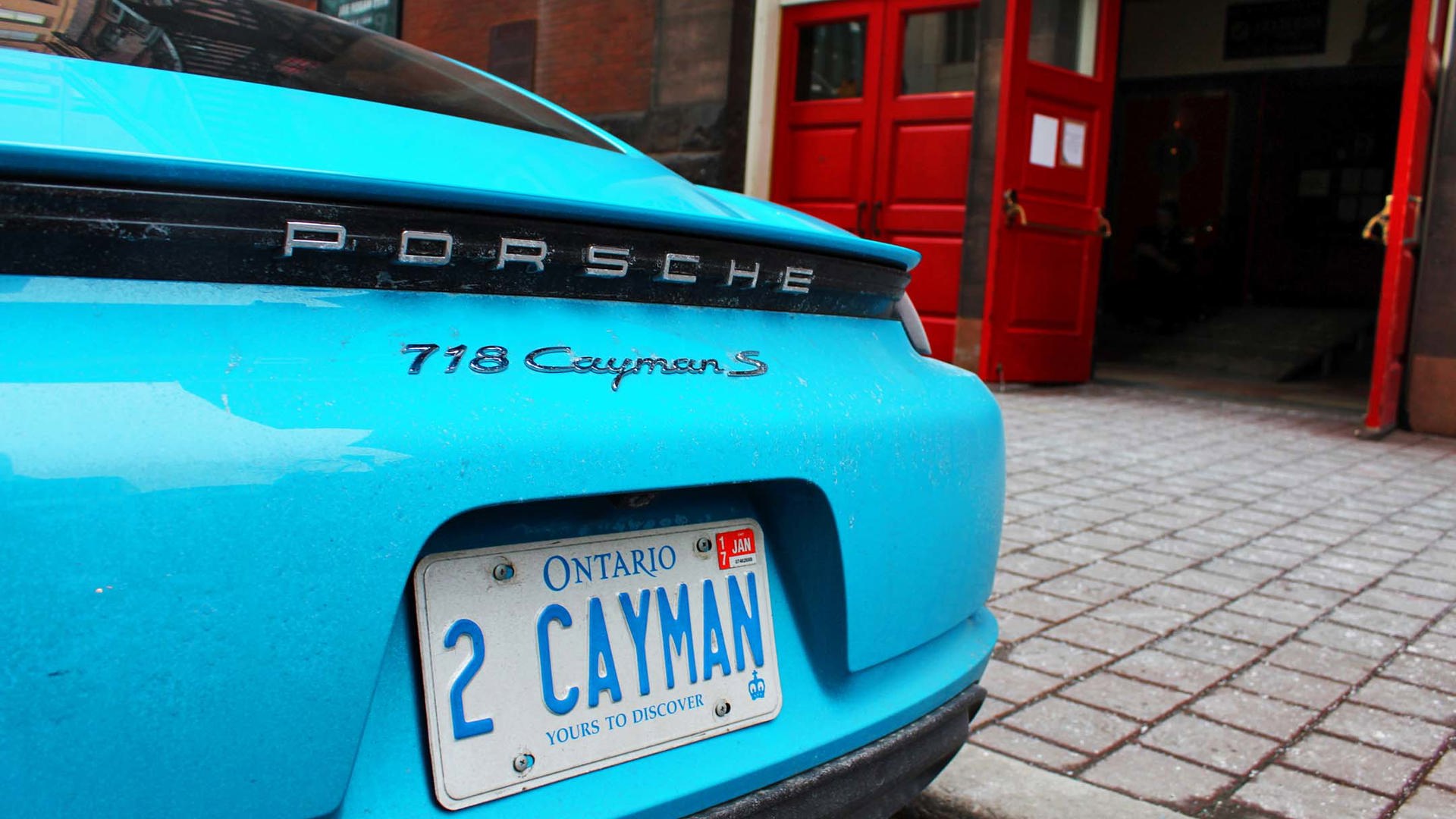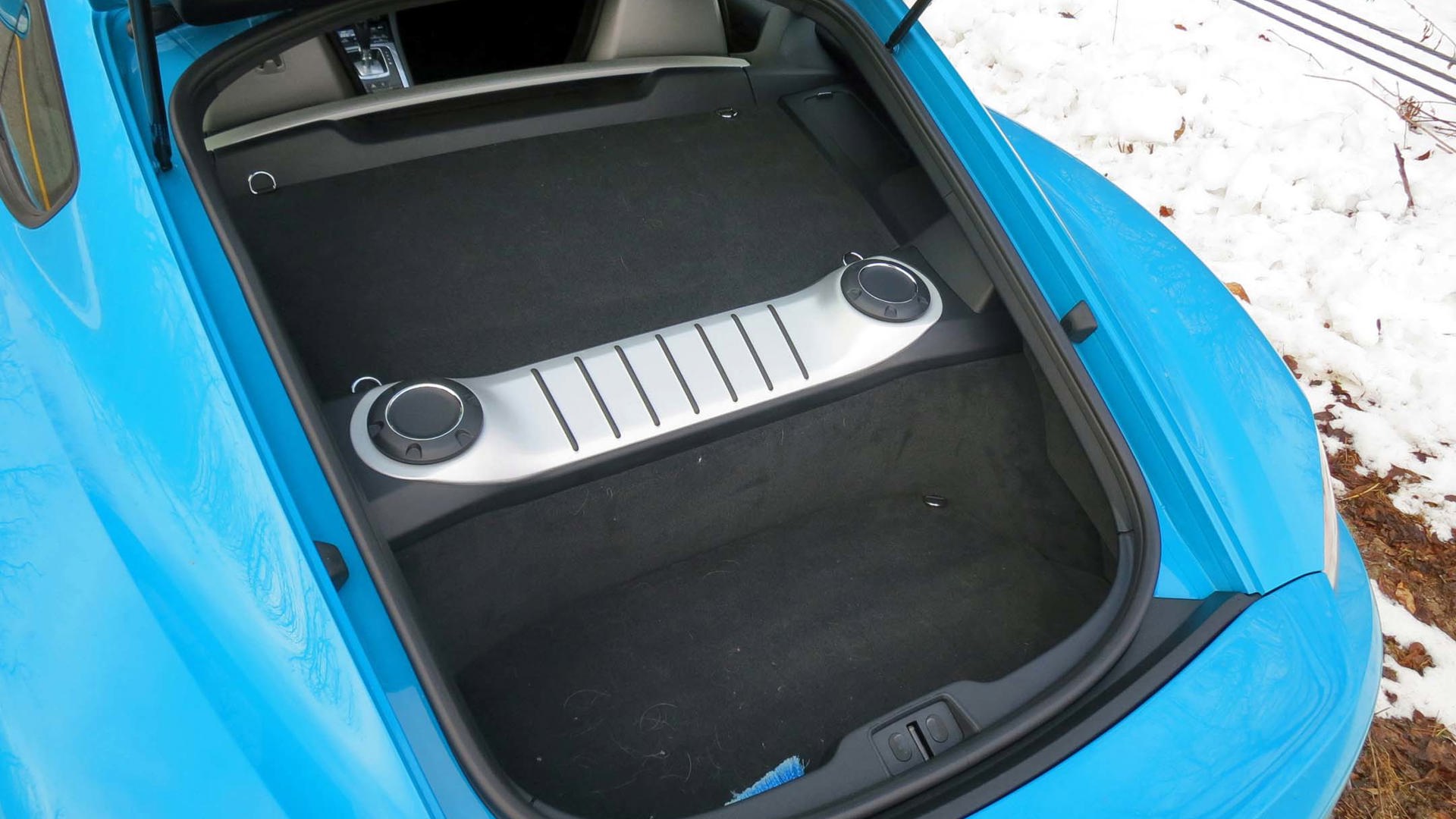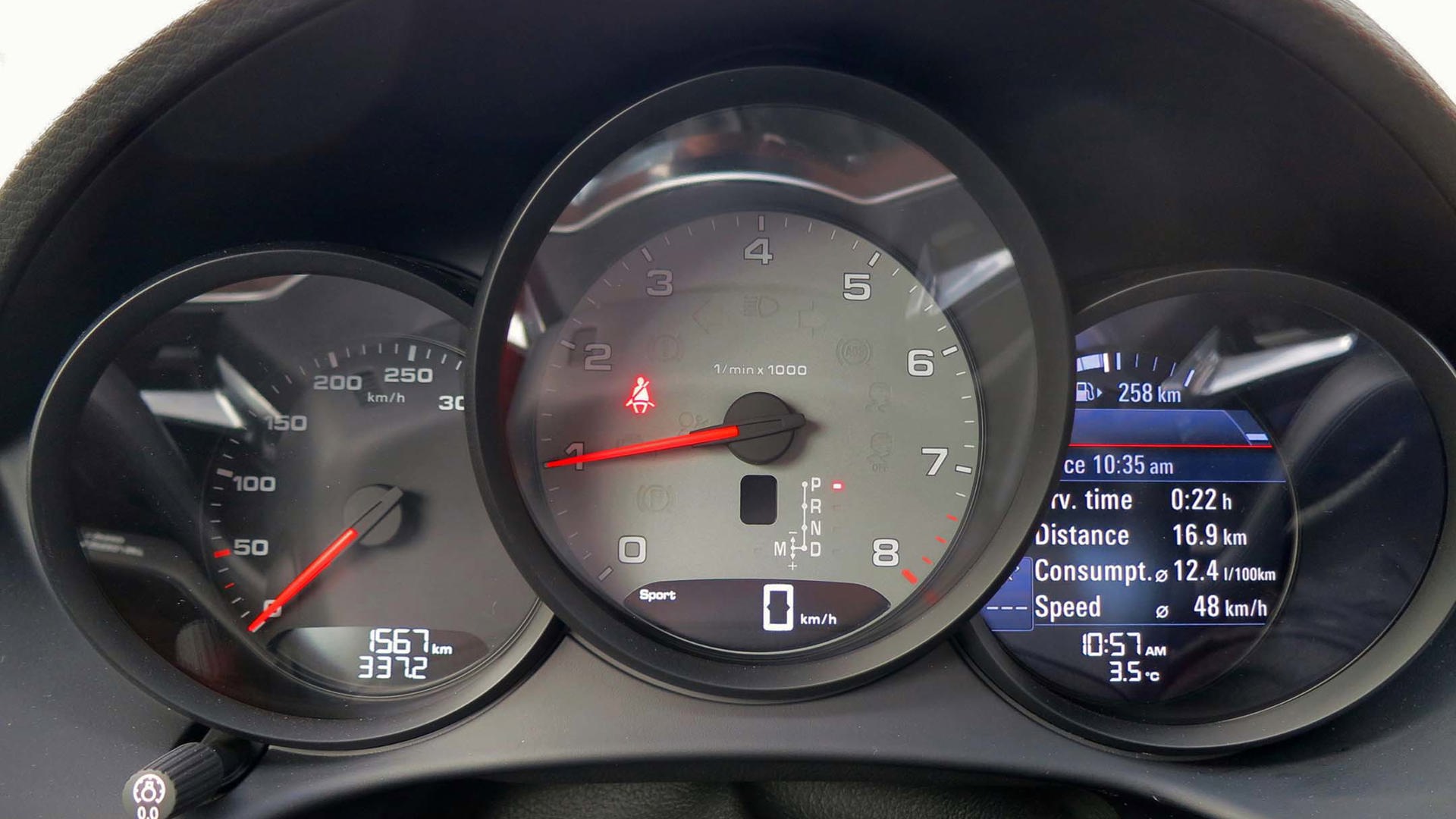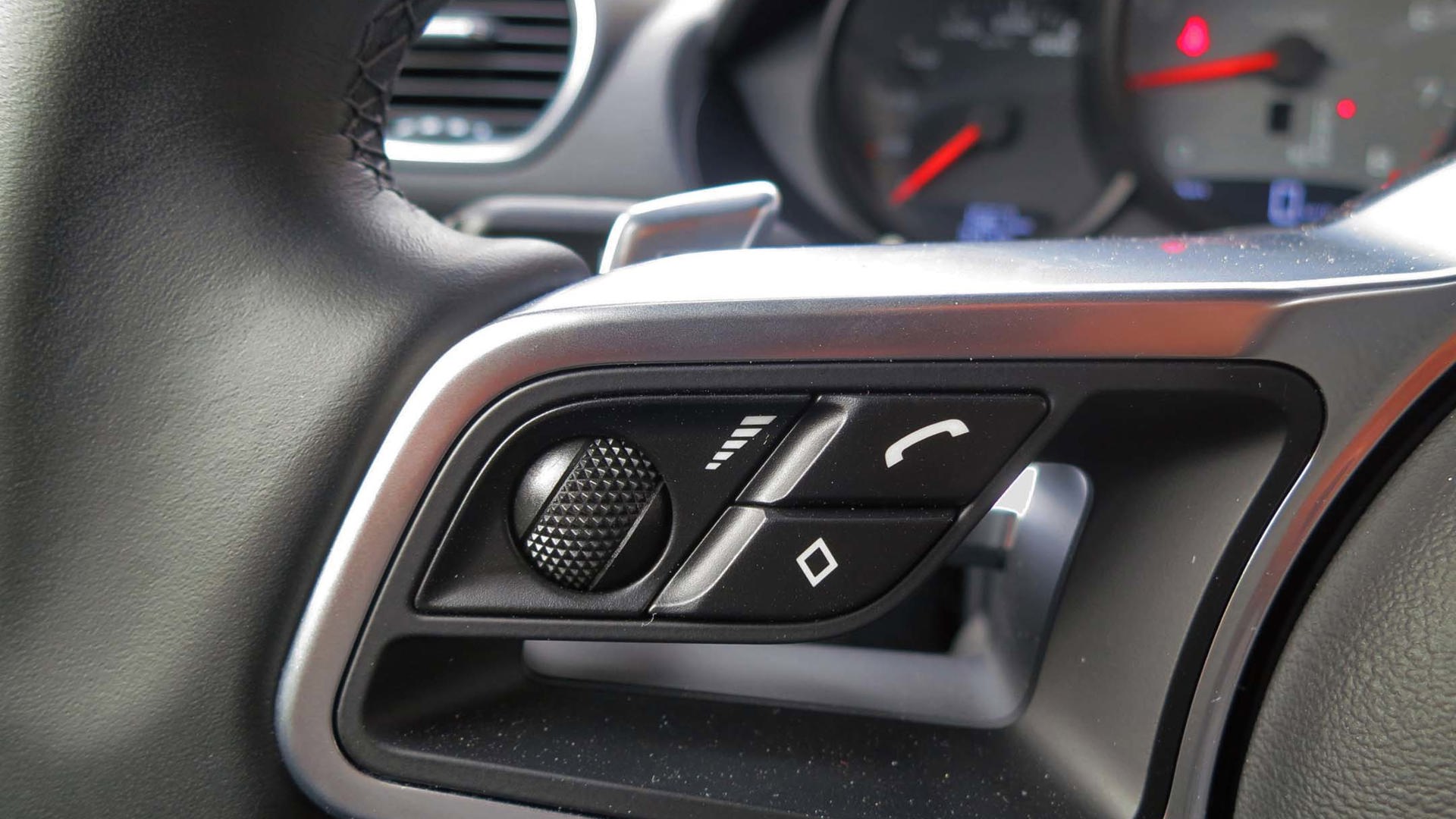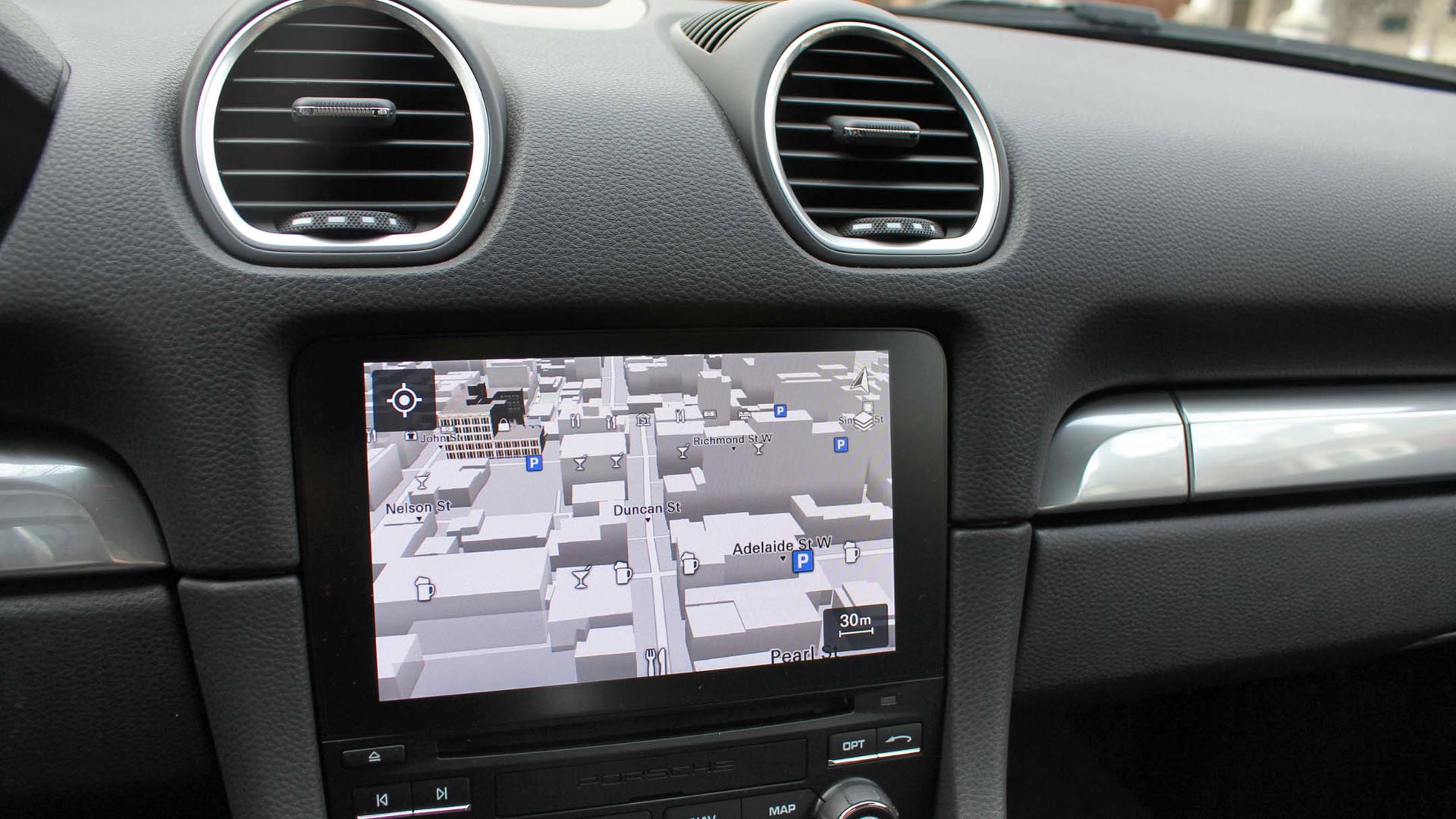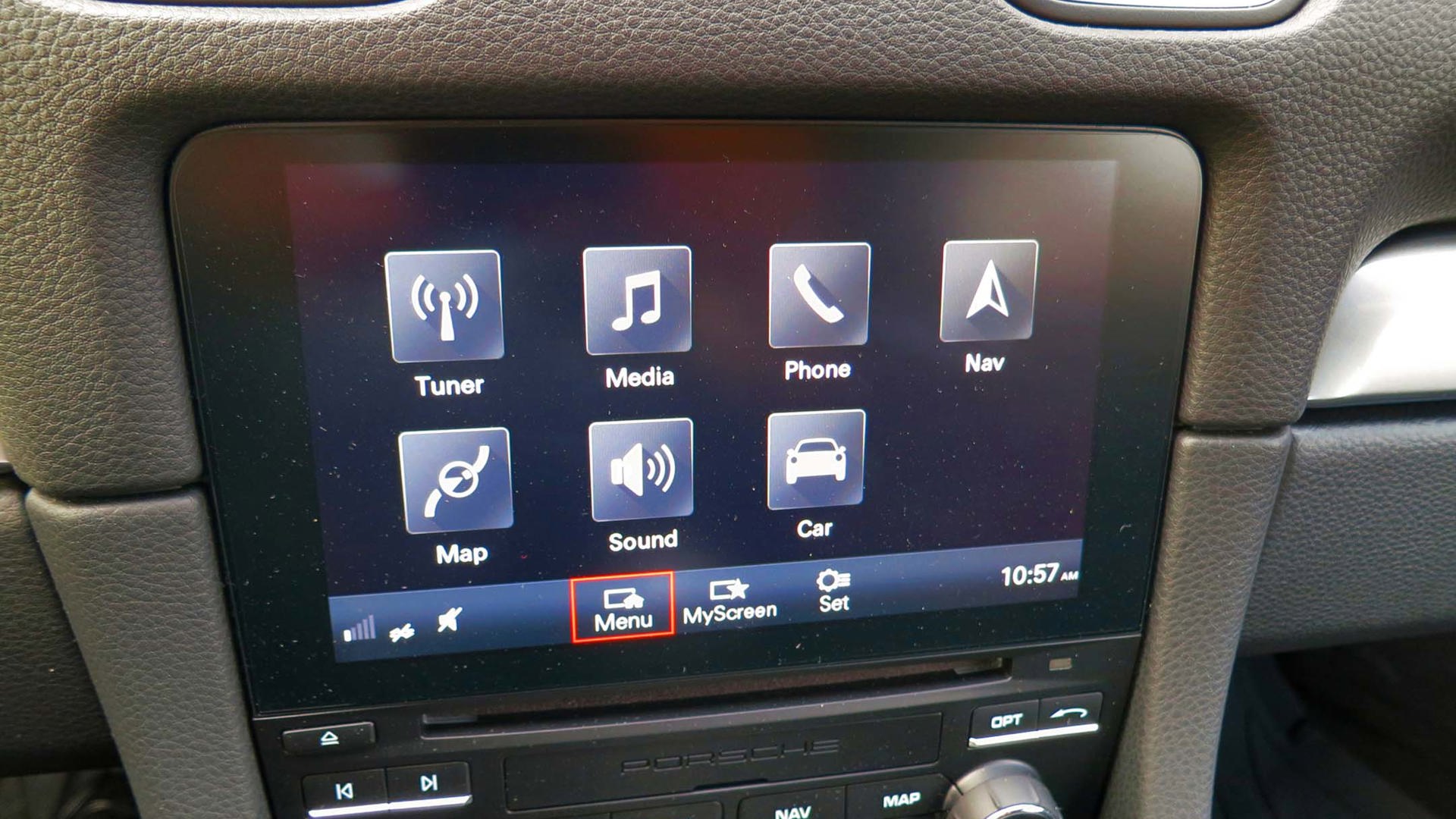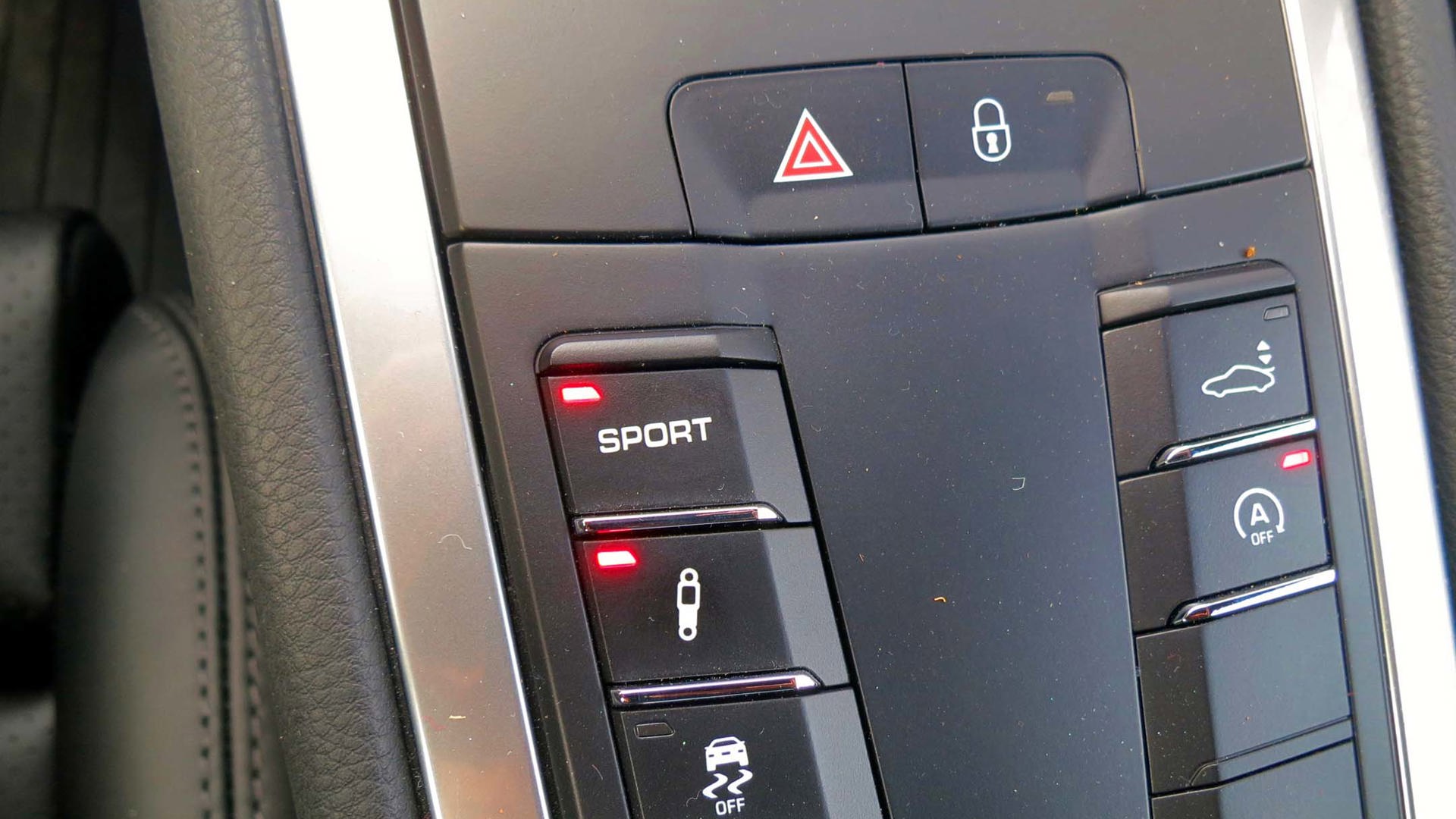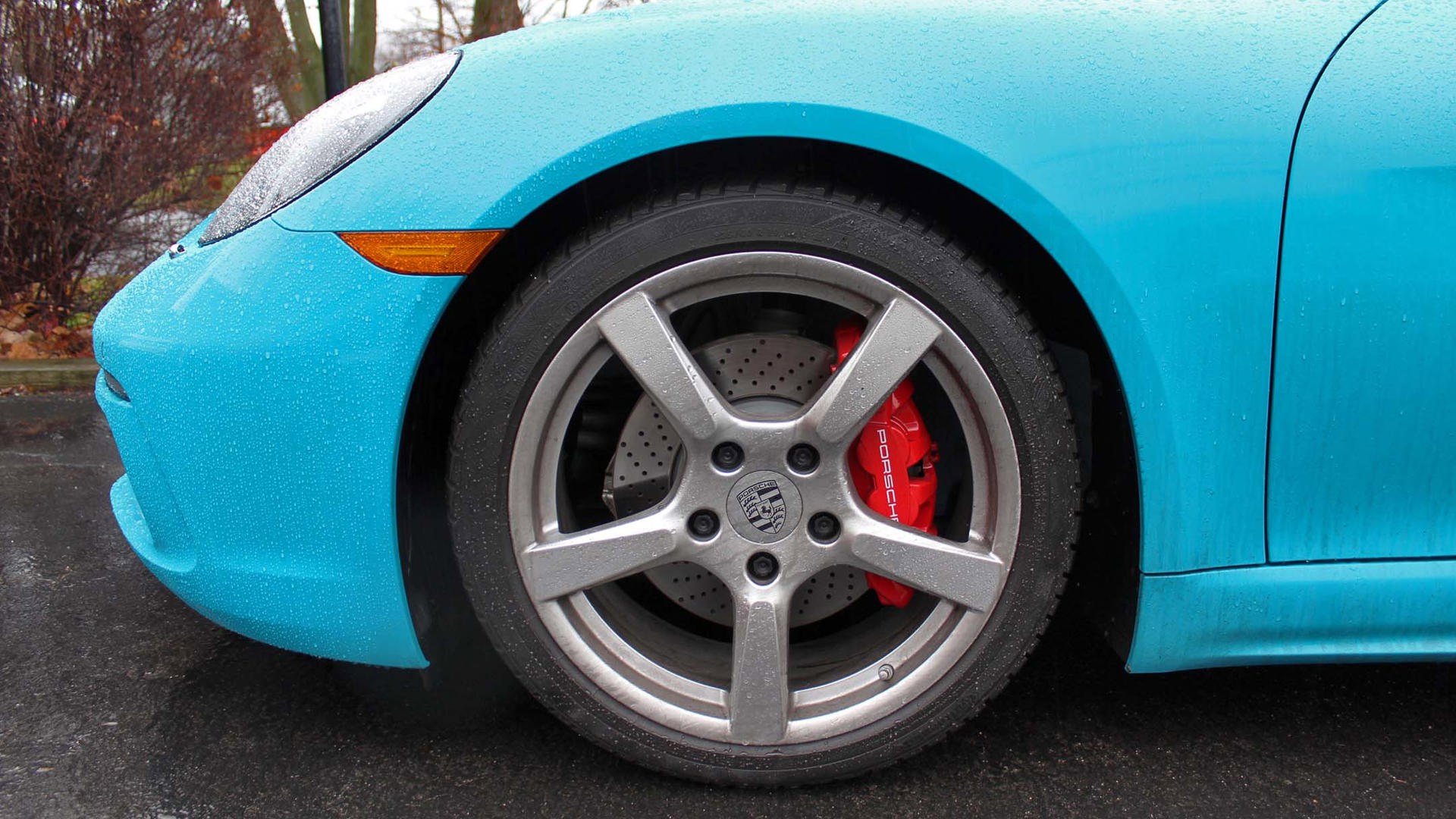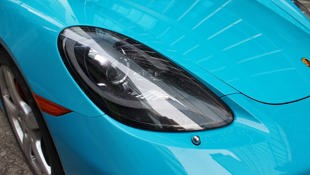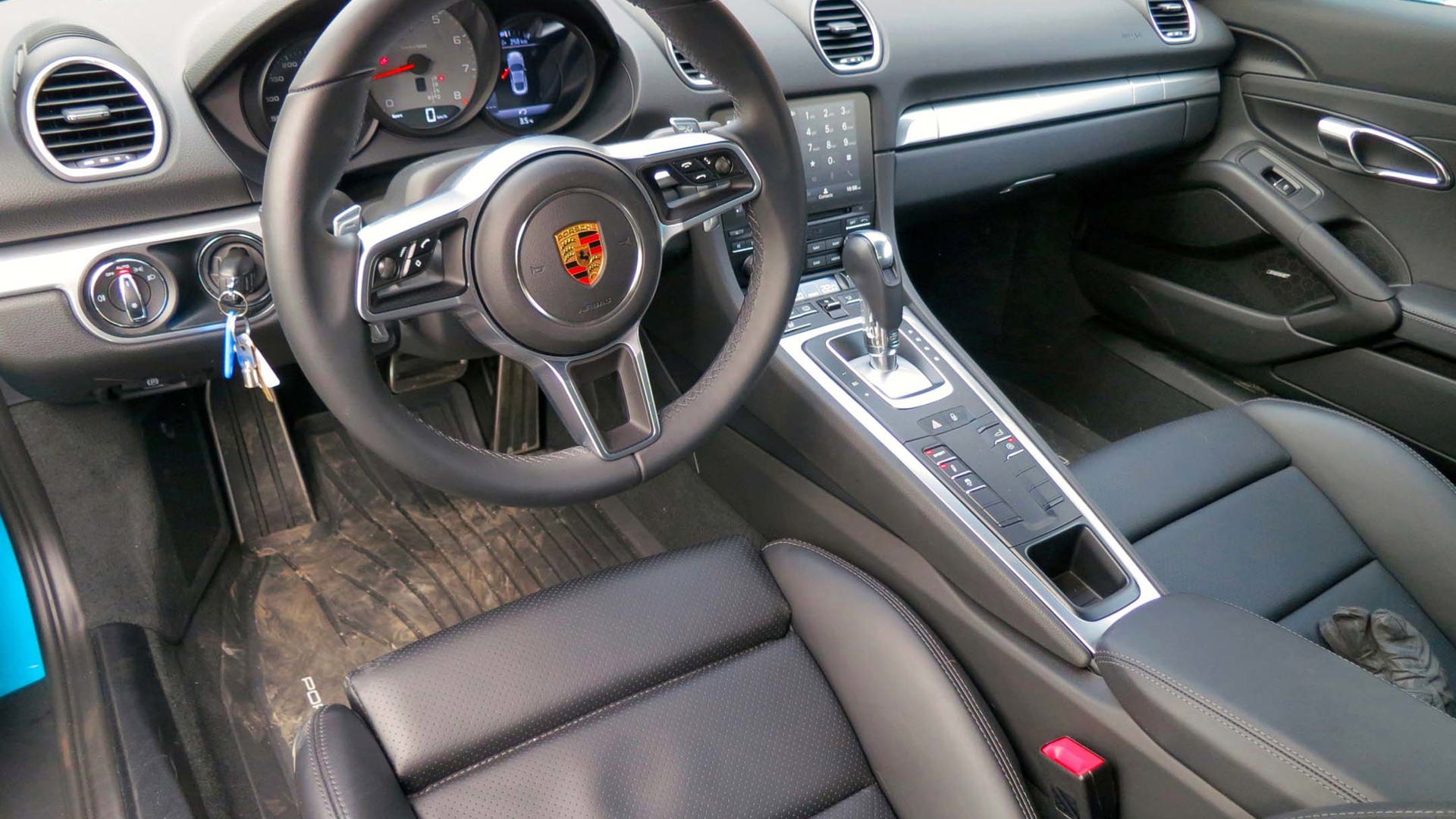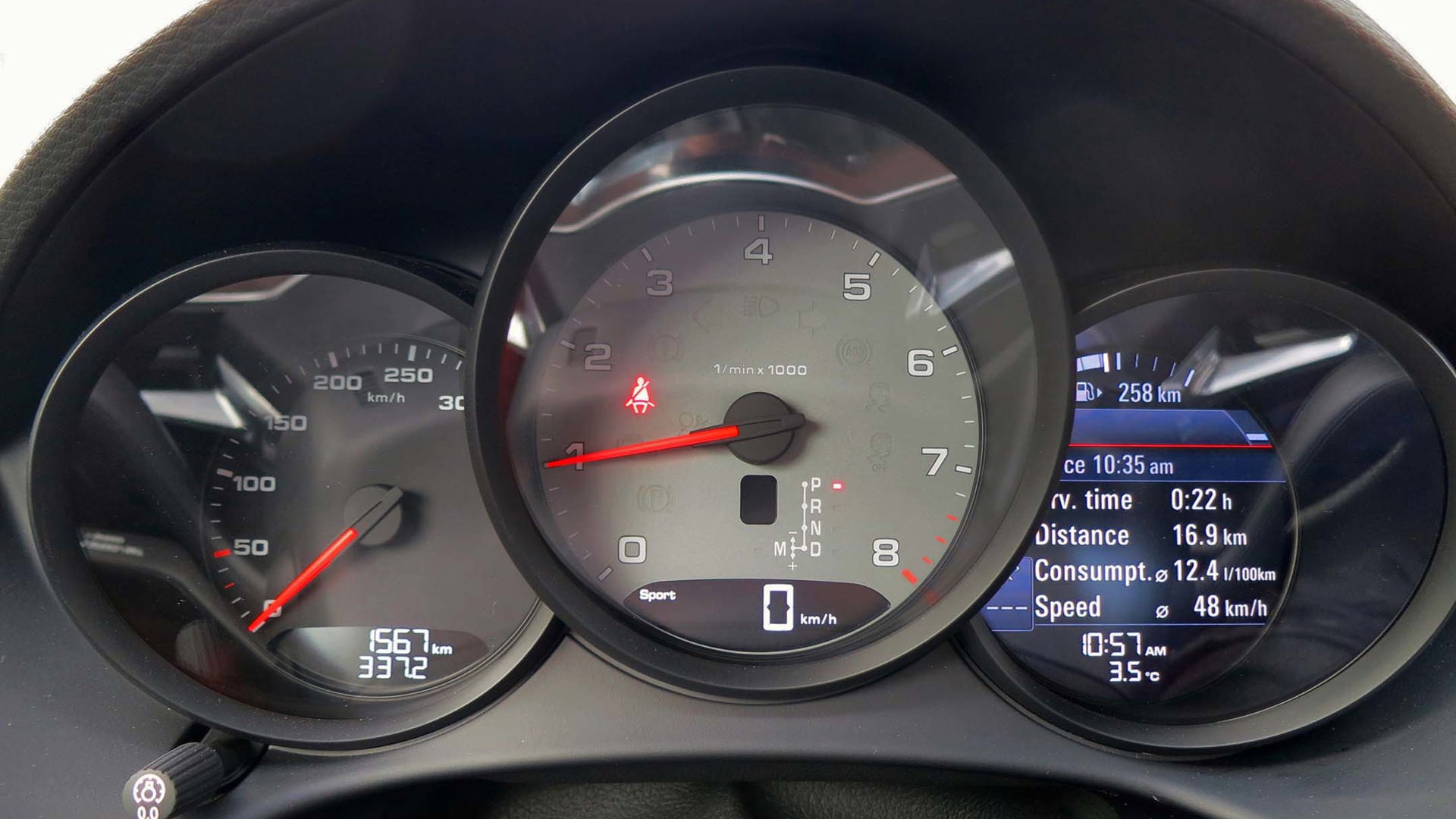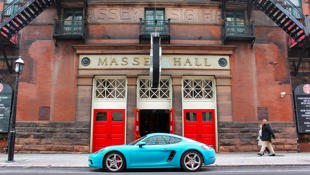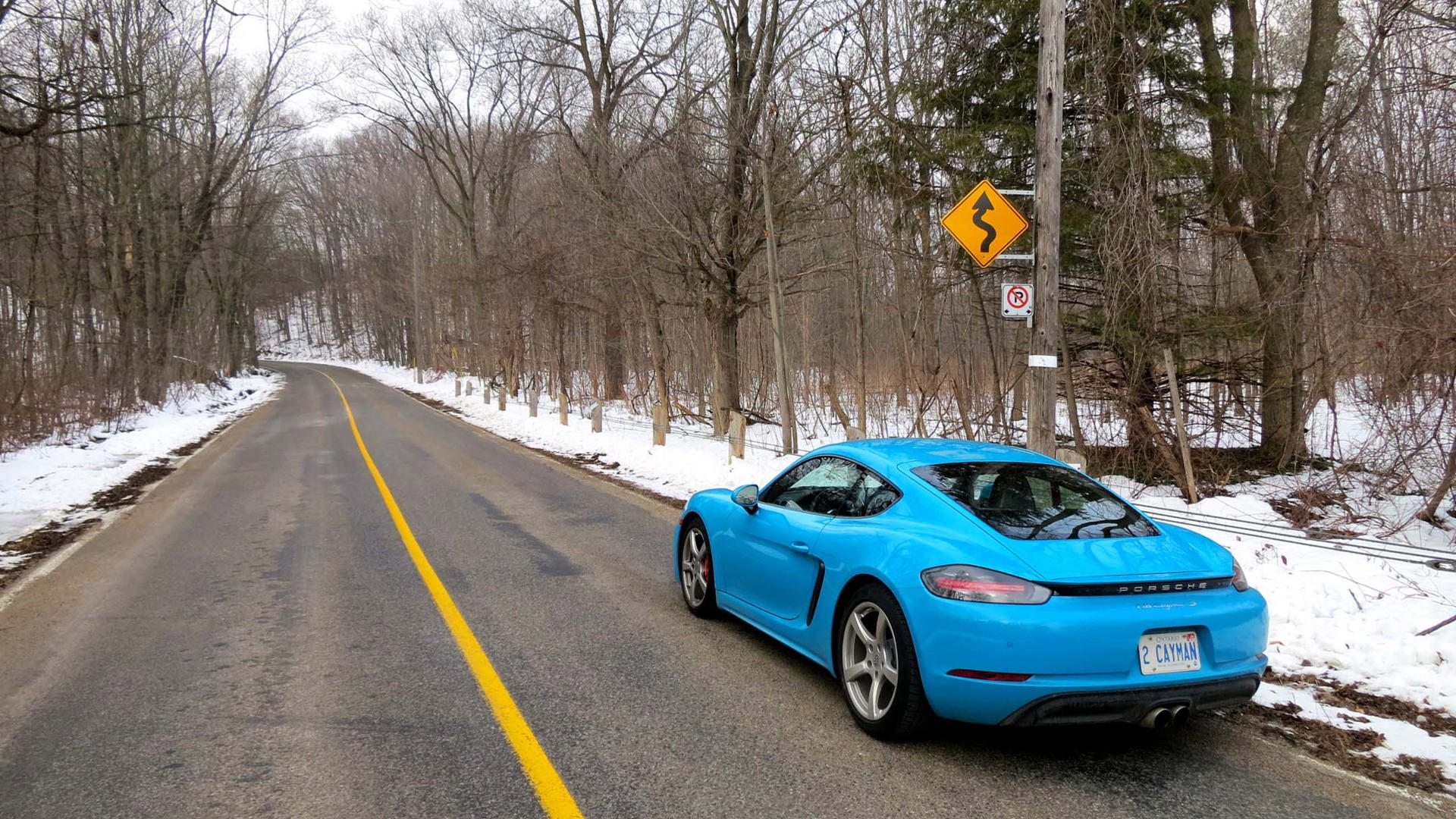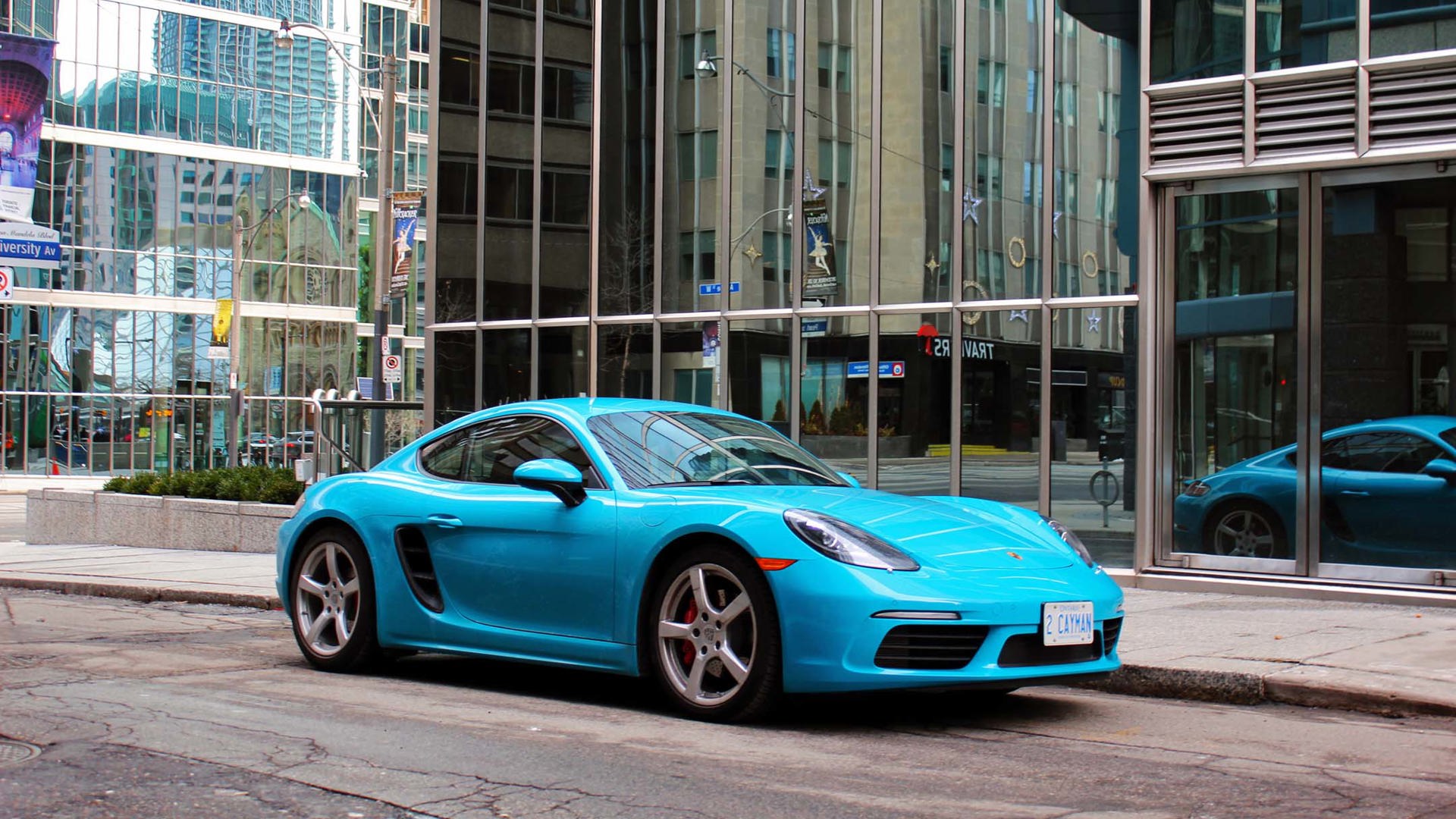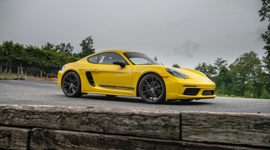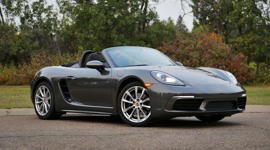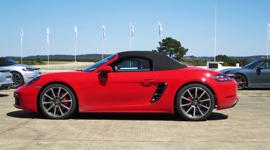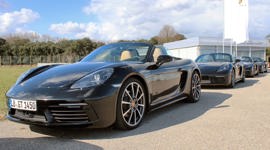 AutoTrader SCORE
AutoTrader SCORE
-
STYLING10/10
-
Safety9/10
-
PRACTICALITY6/10
-
USER-FRIENDLINESS8/10
-
FEATURES7/10
-
POWER9/10
-
COMFORT7/10
-
DRIVING FEEL9/10
-
FUEL ECONOMY8/10
-
VALUE8/10
And now for something completely different.
Porsche says get over it already. I say I’m working on it.
For 2017, Porsche’s beloved mid-engine sports car duo – the Boxster and Cayman – undergo a seismic change that makes the iconic 911’s trials and tribulations over the years (switch from air-cooled to water-cooled, hydraulic to electrically assisted steering, natural aspiration to turbocharged) seem like mere ripples. Because, despite all this, the newly turbo-ed 2017 Porsche 911 still sounds, drives and seduces very much like a… well, 911.
The Porsche Boxster and Cayman, however, have made a much greater conceptual leap, ditching their defining rev-hungry, song-of-the-gods naturally-aspirated flat-six engines for a pair of smaller-displacement single-turbo flat-fours – 2.0L for the base car and 2.5L for the S models. Porsche, like every other car manufacturer, has to bow to the pressures of reducing emissions and raising fuel economy.
Don’t think Porsche is going to frame the switch from six to four cylinders as anything but a move forward. By the numbers, these cars are better in every way – faster, better handling, and more comfortable. Additionally, they sport modern connectivity and are up to 13 percent more efficient.
Ah, but what is that sound? Yes, the Boxster/Cayman’s exhaust note goes from soaring symphony to gruff monotone, but that rumble is being drowned out by something else – the wail of purists pounding their fists and crying to the gods. “Oh, Porsche! Why, oh why???”
I will confess, I mourn the loss of the six-cylinder engines. Emotional evisceration in the name of progress?
Porsche says get over it already. I say I’m working on it. I also say that this 2017 Porsche 718 Cayman S ($75,600 base, $96,445 as tested) with its 350 hp, 2.5L turbocharged flat-four is an astonishingly good car. And bloody fast. There’s a new game in town, and it’s called mid-range turbo torque – 309 lb-ft on board from 1,900 to 4,500 rpm. And Porsche has ensured these four-pots still spin – redline is 7,500 rpm, 300 shy of the outgoing sixes.
The Cayman’s poetic moves, instinctive steering, and sublime balance carry forward intact… nay, enhanced. There’s a lot going on here – retuned springs, larger damper pistons, half-inch wider rear wheels, stiffened rear subframe and two (instead of one) adaptive hydraulic engine mounts. Additionally, the steering rack is now 10 percent more direct. This new 718 S eclipses the old car’s Nürburgring time by an astounding 16 seconds.
The new S inherits some stopping hardware from the 911 Carrera, and carbon-ceramics are available for $8,450.
Most of the body panels are new too. See the sharply creased front fenders, larger front and side air intakes and re-contoured rump with LED taillights. Up front we get Porsche’s new signature four-point running lights.
Maybe it’s time to see the 718 through the eyes of a driving enthusiast who has not driven a six-cylinder Cayman or Boxster. Enter my friend Steve Heathcote who is not only one of Canada’s finest drummers but also an accomplished wheelman, having raced karts and is now a regular track rat with his modified Subaru STI.
An hour or so behind the wheel of this Miami Blue specimen with the seven-speed PDK twin-clutch transmission ($3,660) amounted to a religious experience for poor Steve. Pretty much ruined him for any other car. “I’ve read so much about these over the years, and now I totally get it.” He is now actively looking for a used Cayman S. “The driving position is perfect. Visibility is surprisingly good. Spotting the two front creased wheel fenders through the windscreen I would never tire of.” And while Steve will take his stick-shift to the grave, the PDK’s seamless shifting and uncanny ability to be in the right gear at the right time when pressing on blew him away. “The suspension setup in any mode was never bone-rattling; very compliant in my opinion. I so enjoyed every minute behind the wheel in this mid-engine driver’s car.”
The 718 S’s 2.5L flat four employs a single turbo with an air-to-liquid intercooler – the intercooler radiator lives behind the driver’s side air intake. There’s a bit more to the S’s increased grunt over the base car than just increased displacement. It also benefits from variable-vane turbo technology. At lower engine speeds, small adjustable vanes in the exhaust track just before the turbo act like a tiny venetian blind, partially closing to increase the exhaust gas flow rate, spinning the turbo up sooner. At high engine speeds they open up, allowing for max high-end power.
Sharp throttle response has been a hallmark of the six-cylinder Caymans, and, as a rule, is not a hallmark of blown four-pots. Porsche employs another strategy to help here. When lifting off, the throttle briefly stays open, timing is retarded, fuel is cut and the wastegate remains closed, essentially pumping air through to the turbo to keep it spinning.
On an early morning blast over some dry country roads the 718 Cayman shows its stuff, even on these winter tires. The 718’s sublime balance and intuitive steering immediate hardwire themselves to your driving synapses that gleefully snap away as you snap the shift paddles and nip the apexes. Nothing drives like a mid-engine Porsche, and the world is a richer place for it.
Yet this four-cylinder Cayman is significantly different from its six-cylinder predecessor, aural signature and increased grunt aside. Gearing is taller, so what were once tight second-gear corners (where you would mete out the six’s linear power one horse at a time), they now fall somewhere between first and second gear. So instead of tearing around with a searing-six, you’re huffing through with the four-pot torque pump barely breaking a sweat. That said, keep your foot in it and the four tears to its redline in every gear. I mentioned this 718 was damn fast, right?
Sport Mode wakes the Cayman up from its default fuel-saving mode wherein the tranny short shifts on light throttle (you’ll hit fourth gear by 45 km/h), the engine decouples and drops to idle when the car is coasting, and auto start/stop is activated. In Sport mode, the exhaust produces some entertaining pops and burbles on overrun.
Surprisingly, this tester was not fitted with the $2,380 Sport Chrono Package that not only begets more aggressive transmission mapping and launch control, it also adds the newly calibrated PSM (Porsche Stability Management) Sport Mode. In Porsche’s words, “It lets ambitious drivers probe the performance limits of the vehicle even closer.” Sport Chrono also comes with the new-for-2017 steering wheel-mounted rotary drive mode selector (Normal, Sport, Sport Plus, Individual). Pressing the centre of the controller unleashes 20 seconds of full engine/tranny/chassis aggression, no matter what mode you are in.
Eventually, we who have fallen in love with the six-cylinder Boxster/Cayman will stop whining about the switch to turbo four power. Or at least we’ll whine a little softer. This new generation 718 Cayman S continues as one of the most desirable sports cars on the planet – a driver’s tool with few equals. Porsche did what they had to do, and they done good. Now if they just work on that exhaust sound a bit more….
| Engine Displacement | 2.5L |
|---|---|
| Engine Cylinders | 4 |
| Peak Horsepower | 350 hp |
| Peak Torque | 309 lb-ft |
| Fuel Economy | 11.0/8.4/9.9 L/100 km cty/hwy/cmb |
| Cargo Space | 150 L front / 275 L rear |
| Model Tested | 2017 Porsche 718 Cayman S |
| Base Price | $75,600 |
| A/C Tax | $100 |
| Destination Fee | $1,085 |
| Price as Tested | $96,715 |
|
Optional Equipment
$19,930 – Miami Blue paint $2,950; Porsche Torque Vectoring $1,510; PDK transmission $3,660; Porsche Active Suspension Management (PSM) $2,020; heated multi-function steering wheel $540; navigation $1,980; Bose surround $1,330; 18-way adaptive sport seats plus with memory $4,370; Premium Package (auto dimming mirrors, rain sensing, seat heating, two-zone climate) $1,570
|
|
